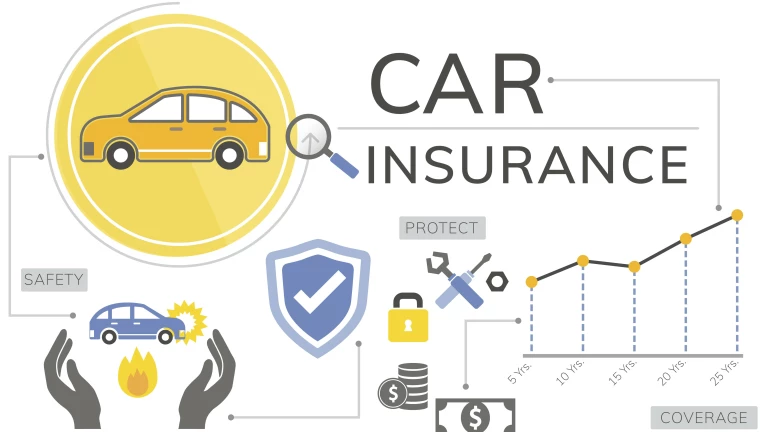
A car insurance policy is essential for protecting your vehicle, but understanding its intricacies can sometimes feel overwhelming. Among these finer details, the Insured Declared Value (IDV) is one of the essential factors that affect both premiums and claims of the policy. Knowing what IDV means can help you make a well-informed decision when selecting your car insurance policy.
Let's walk through the essential details of IDV straightforwardly to help you choose wisely.
The term 'Insured Declared Value,' or IDV, refers to the maximum value your insurance company will pay if an insured person's car is stolen or completely damaged. In simple terms, IDV is what your car is currently worth, considering its depreciation. This amount helps minimise your financial loss if you experience a total loss.
It is the sum you would receive if you had to claim for a total loss. Your car insurance policy is structured around this value, so it is essential to understand IDV in car insurance and how it works.
IDV calculation isn't as complex as you might think. Insurance companies use a simple formula:
IDV = Ex-showroom Price – Depreciation
This is the price of your vehicle when you purchased it from the dealer, including factory-fitted accessories, but excluding the registration and insurance cost.
A percentage of the vehicle's value decreases each year. This reduction is based on the age of your vehicle.
To make it clearer, here's a table that outlines the standard depreciation rates used for IDV calculation:
Vehicle Age | Depreciation Rate |
Less than 6 months | 5% |
6 months to 1 year | 15% |
1 to 2 years | 20% |
2 to 3 years | 30% |
3 to 4 years | 40% |
4 to 5 years | 50% |
Note: For vehicles older than five years, the IDV is specified based on a mutual agreement between the insurer and the insured, considering the car's current condition.
Several factors play a role in IDV calculation. Understanding these can help you choose a car insurance policy that suits your needs. Here's what influences IDV:
As mentioned, the older the vehicle, the higher the depreciation and, consequently, the lower the IDV.
Luxury cars or limited-edition models may have higher IDV than standard models, even if they are the same age.
Additional or aftermarket accessories can increase the vehicle's overall value. If these accessories are declared, they are considered in the IDV calculation.
If your car is in excellent condition, the IDV might be slightly higher than a car of the same age that isn't well-maintained.
Depreciation is a crucial aspect of how your IDV is determined. Let's break down how different parts of your vehicle depreciate:
Being aware of these depreciation rates can help when you assess your car insurance policy.
You might wonder why IDV is crucial in your car insurance policy. Well, it influences several elements, from premiums to claim settlements. Here's why IDV holds so much weight:
The IDV directly affects the premium you pay. A higher IDV means a higher premium, and vice versa.
If your vehicle is declared a total loss or stolen, the IDV will determine your compensation.
Selecting the right IDV is a balancing act. Opting for a higher IDV increases your premium but ensures better claim coverage. Conversely, a lower IDV might save you money on premiums but can lead to inadequate compensation in case of a loss.
Getting the IDV right is crucial for optimising your car insurance policy. Here are some tips:
Avoid sticking to the same IDV year after year. Adjust it as the vehicle depreciates to keep premiums balanced.
While undervaluing can save on premiums, it could be costly if you ever need to claim. Overvaluing just increases your premium unnecessarily.
Different insurers may calculate IDV differently, so it's worth comparing.
If you've installed any additional features, declare them to ensure a fair IDV.
Feel free to discuss and negotiate the IDV with your insurer.
Understanding the IDV in your car insurance policy can help make informed decisions. By choosing the right IDV, you can ensure that you're paying a fair premium and are adequately covered in case of a mishap. Keep revising your IDV yearly, review policies from different insurers, and maintain an accurate balance between premium and coverage.





